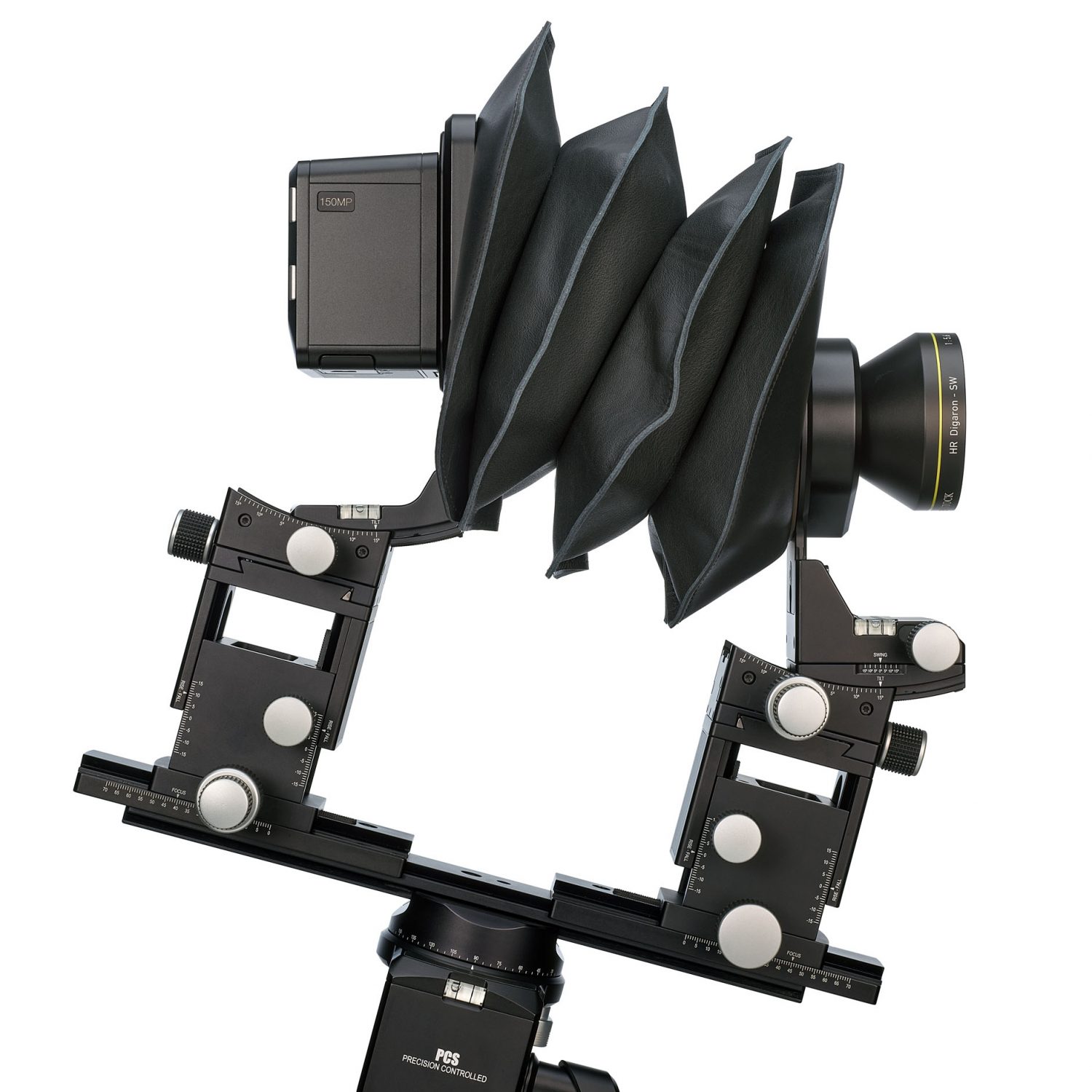bensonga
Well-known member
I was wondering if anyone here has experience using this model of the Cambo Actus.
The Actus has interested me for quite some time. Based on my experience in the 80s & 90s using 4x5 view cameras, I was hoping for more movements on the rear standard than the various Actus B/G models. The XL is appealing, but the smaller size of the MV appears to hit a sweet spot re size/weight/features between the B/G and XL. I would initially use the Actus with my GFX-50R with perhaps a GFX upgrade in the future. I have a large collection of Pentax 645/67, Mamiya 645/RZ67, Hasselblad V and LF Nikon/Rodenstock/Schneider lenses I could try on an Actus.
I’ve read a number of helpful reviews, such as this one from John Brock in On Landscape and info from Steve Hendrix at Capture Integration:
 www.onlandscape.co.uk
www.onlandscape.co.uk

 www.captureintegration.com
www.captureintegration.com
This would push some of my time spent taking photos in direction that it has not been for several years (more tripod use/less handheld).
I will appreciate any of your thoughts/experience with the Actus MV before I make this purchase.
Gary
The Actus has interested me for quite some time. Based on my experience in the 80s & 90s using 4x5 view cameras, I was hoping for more movements on the rear standard than the various Actus B/G models. The XL is appealing, but the smaller size of the MV appears to hit a sweet spot re size/weight/features between the B/G and XL. I would initially use the Actus with my GFX-50R with perhaps a GFX upgrade in the future. I have a large collection of Pentax 645/67, Mamiya 645/RZ67, Hasselblad V and LF Nikon/Rodenstock/Schneider lenses I could try on an Actus.
I’ve read a number of helpful reviews, such as this one from John Brock in On Landscape and info from Steve Hendrix at Capture Integration:
Using the Cambo Actus MV | On Landscape
MV stands for Maximum Versatility. And Cambo seems to have thrown the kitchen sink at designing this technical camera. Abandoning backwards support for film, it was designed from the ground up for digital mirrorless cameras and digital backs.

Introducing the Cambo Actus MV - Capture Integration
I’ve been a fan of the Cambo Actus View Camera since the inception of the product line in summer of 2014. I’ve written 6 articles on the evolution of the Actus line and one might ask why so much enthusiasm? First, some may know that back in the early days I was a rep for […]
 www.captureintegration.com
www.captureintegration.com
This would push some of my time spent taking photos in direction that it has not been for several years (more tripod use/less handheld).
I will appreciate any of your thoughts/experience with the Actus MV before I make this purchase.
Gary
Last edited:
